Increasing Regulatory Compliance
The Temperature Controlled Material Market is also shaped by the increasing regulatory compliance requirements across various sectors. Regulatory bodies are imposing stricter guidelines on the storage and transportation of temperature-sensitive products, particularly in pharmaceuticals and food industries. This trend is expected to drive the demand for temperature controlled materials, as companies seek to adhere to these regulations and avoid penalties. The market is projected to grow at a rate of 7% annually, largely due to the need for compliance with these evolving standards. As businesses prioritize regulatory adherence, the importance of reliable temperature controlled solutions becomes paramount, further propelling market growth.
Rising Demand for Pharmaceuticals
The Temperature Controlled Material Market is experiencing a notable increase in demand driven by the pharmaceutical sector. The need for temperature-sensitive drugs, such as vaccines and biologics, necessitates stringent temperature control during storage and transportation. According to industry reports, the pharmaceutical sector is projected to account for a substantial share of the temperature controlled materials market, with an estimated growth rate of 8% annually. This trend is likely to continue as more biopharmaceutical products enter the market, requiring advanced temperature management solutions. The emphasis on maintaining the efficacy of these products throughout the supply chain underscores the critical role of temperature controlled materials in ensuring patient safety and product integrity.
Expansion of Food and Beverage Sector
The Temperature Controlled Material Market is significantly influenced by the expansion of the food and beverage sector. As consumer preferences shift towards fresh and organic products, the demand for temperature controlled logistics has surged. The food industry is projected to grow at a rate of 6% annually, with a substantial portion of this growth attributed to the need for effective temperature management solutions. This includes refrigerated transport and storage systems that ensure food safety and quality. The increasing awareness of foodborne illnesses and the importance of maintaining the cold chain further drive the adoption of temperature controlled materials. Consequently, this sector is likely to remain a key driver of growth within the temperature controlled materials market.
Growth of E-commerce and Online Retail
The Temperature Controlled Material Market is significantly impacted by the growth of e-commerce and online retail. As consumers increasingly turn to online platforms for grocery and pharmaceutical purchases, the demand for temperature controlled logistics has surged. E-commerce is projected to grow at a rate of 15% annually, with a notable increase in the delivery of perishable goods. This shift necessitates robust temperature management solutions to ensure product quality during transit. Companies are investing in temperature controlled packaging and transportation methods to meet consumer expectations for freshness and safety. Consequently, the e-commerce boom is likely to serve as a catalyst for growth within the temperature controlled materials market.
Technological Innovations in Cold Chain Logistics
Technological advancements are reshaping the Temperature Controlled Material Market, particularly in cold chain logistics. Innovations such as IoT-enabled temperature monitoring systems and automated storage solutions are enhancing the efficiency and reliability of temperature management. The integration of these technologies is expected to improve operational efficiencies, reduce spoilage rates, and ensure compliance with regulatory standards. Market data suggests that the cold chain logistics segment is anticipated to grow by 10% over the next five years, driven by these technological innovations. As companies increasingly invest in smart logistics solutions, the demand for temperature controlled materials is likely to rise, reflecting the industry's adaptation to modern challenges.


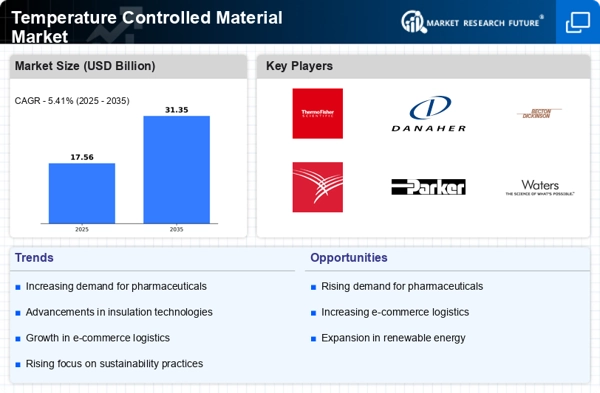
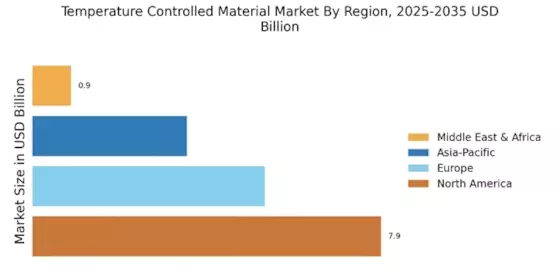
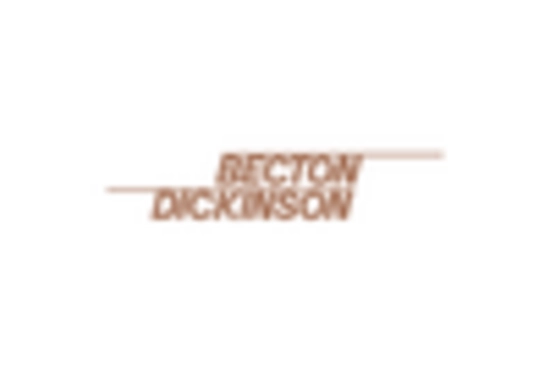
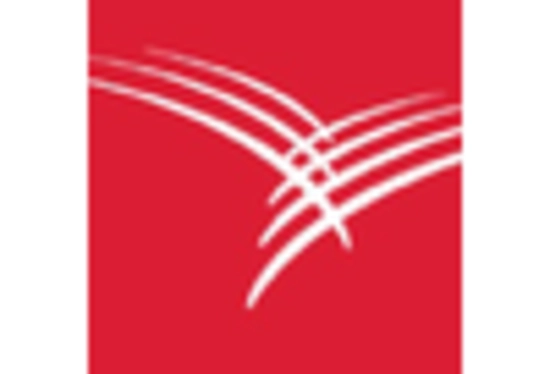
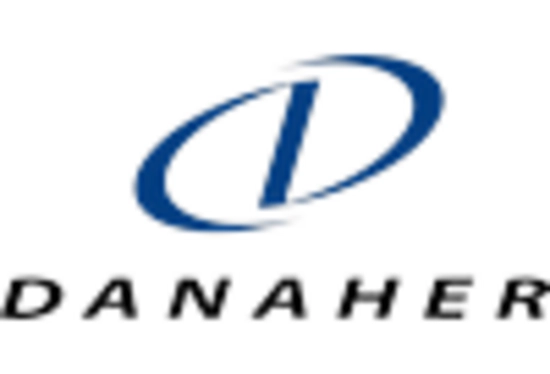
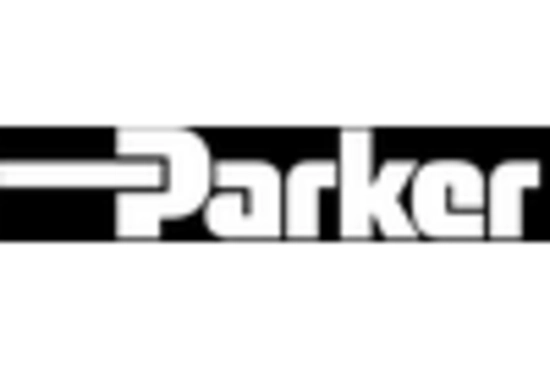

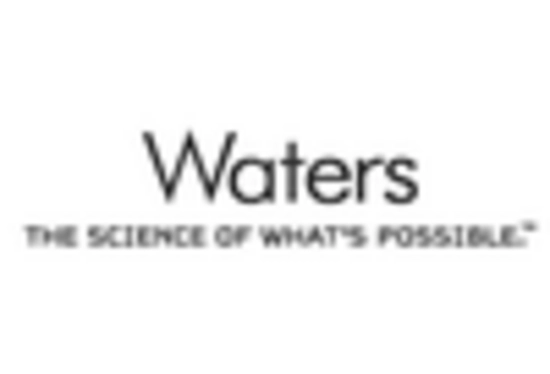








Leave a Comment